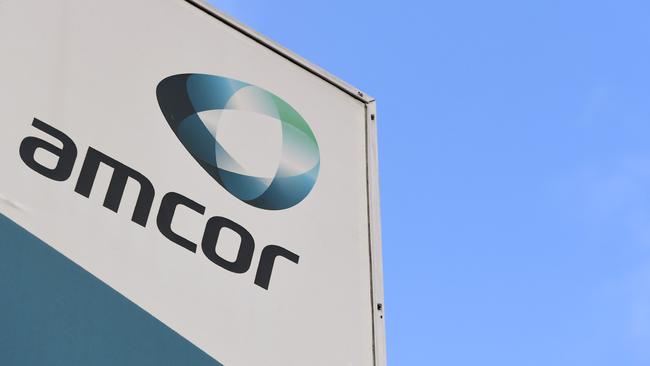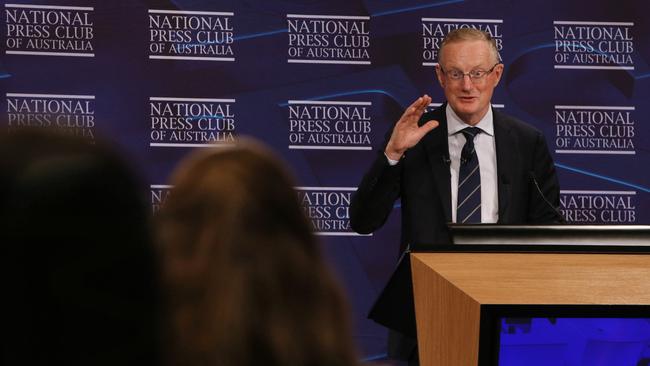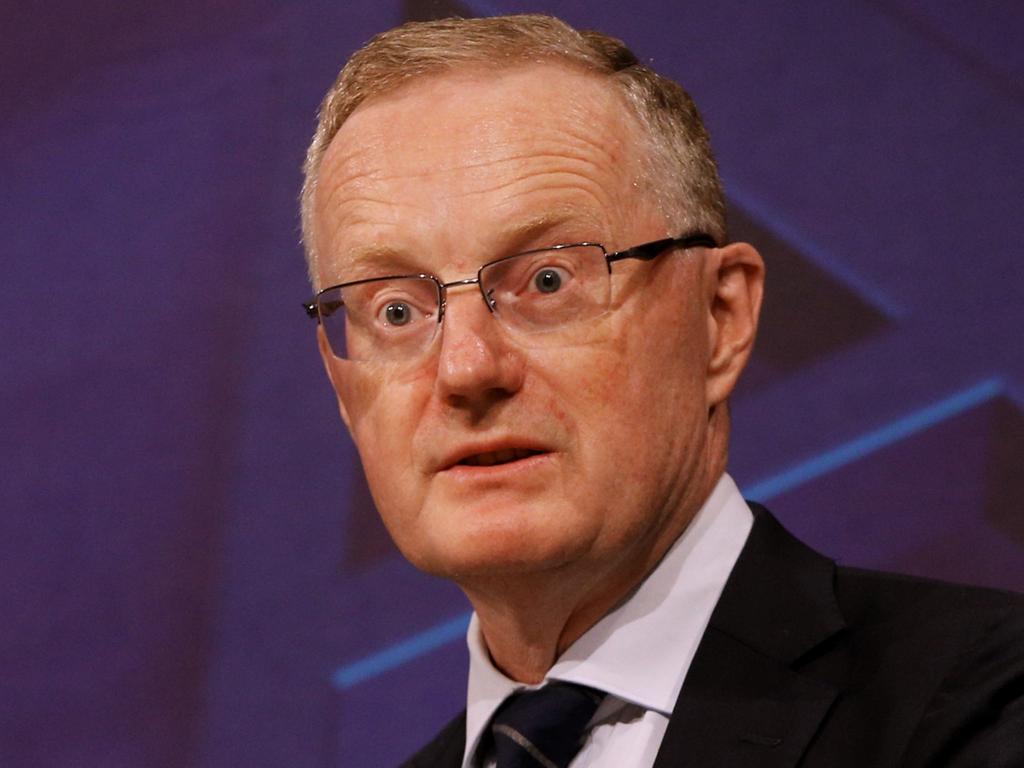Amcor’s Ron Delia is taking inflation seriously
This global giant has just pushed through the equivilent of $1.8bn in annual price rises onto customers.

Business
Don't miss out on the headlines from Business. Followed categories will be added to My News.
One boss who has taken a very determined view on inflation is Amcor’s Ron Delia who has just pushed through the equivalent of $1.8bn worth of annualised price rises onto his customers to recoup a surge in input costs.
With 90 per cent of his business outside of Australia, Delia can’t afford to be complacent on inflation.
At its most basic level Amcor buys raw materials such as aluminium, plastic and resin. It processes them into packaging which is then used for most items sold in a supermarket or for specialised healthcare packaging such as pills and tablets. Those higher packaging costs will eventually find their way to consumers.

Speaking from Chicago on Wednesday, Delia says the price rises squeezing his business “feel different from anything we’ve experienced for quite some time”.
Around half of Amcor’s sales are in the US where inflation has well and truly taken hold with latest figures showing it is running at 7 per cent or near four-decade highs. This has forced a pivot by the Federal Reserve, which is preparing to raise interest rates.
Amcor, which ranks as one of the top five global packaging players, builds into its customer contracts the ability to adjust prices for cost changes. But Delia says the one thing that makes this period so unique is that in the last few quarters raw material costs in every corner of the world that Amcor operates in have been increasing all at the same time.
“The other thing that is even more new to us is the levels of inflation we’ve seen in non-raw material categories like energy, freight and logistics, in particular in North America and Europe,” he says.
Inflationary pressures were also starting to come through in Australia, although nothing near what Amcor has experienced in the US. Delia thinks it could be some time before inflation is cooled globally and is not taking any chances.

“From a business management perspective, we have to assume that inflation is going to persist. And so we need to be on the front foot with recovering the inflation through price increases. That’s the only assumption we can make to protect the business,” he says.
During the December half Amcor pushed through $US650m ($910m) of price rises to cover material cost increases. That’s roughly 10 per cent of the company’s half year sales. In the six months to December, Amcor delivered a 5 per cent lift in net profit to $US548m backed by pricing increases and rising sales across a broad range of consumer packaging categories.
The dual ASX, NYSE-listed Amcor moved its headquarters from Melbourne to Zurich following its 2018 acquisition of US-focused packaging major Bemis.
More than ever Amcor remains recession proof, with demand for packaging remaining constant despite the wild swings in the economic cycle. This makes its so critical to manage the cost side.
RBA bets the house
Philip Lowe thinks Australia has a once-in-a-generation shot to get its economy right and he is going to take it.
Even as the rest of the world is quickly turning off pandemic stimulus as inflation turns red hot, the Reserve Bank governor is in no rush to lift interest rates here.
And for anyone paying down a mortgage that’s a good thing, because right now they are seeing their wages being eroded in other ways such as higher petrol prices or at the supermarket checkout.
He has, however, conceded some ground where nearly everyone involved in money markets is betting – that interest rates may rise later this year. This is earlier than a 2023 forecast Lowe made in December. But that will happen only if the data supports it and right now Covid is generating too much noise to get a clear picture of the economy.
Lowe used his annual year-opener speech on Wednesday to argue Australia still has plenty of room for ultra-loose monetary policy settings even as unemployment continues to fall and inflation rises. He pointed to the economic recovery continuing, with Australia weathering the financial shocks of the Covid pandemic much better than expected. He also pointed out that households and businesses on the whole were in good shape.
The Reserve Bank boss’s speech was designed to fill in the gaps from the more formal language of this week’s board meeting statement where rates were kept on hold, while the switch was turned off on a massive bond buying program which has been pushing cash into the economy.
He sees Australia heading to an economic sweet spot, despite some expected Covid-linked bumps along the way. Even after a summer of Omicron sweeping through the economy, the twin personality traits of the RBA governor were clearly on display throughout his 2022 Year Ahead speech: optimism as well as measured caution. But it is these conflicting attributes that often get money markets tied in a knot.

Lowe maintains that Australia’s faster-than-expected inflation with the headline annualised rate of 3.5 per cent is transitory. He says “it is too early” to conclude that inflation is sustainably in the target range of between 2 and 3 per cent. There’s also too many uncertainties in relation to the nation’s recovery from Covid and where unemployment is heading.
“In terms of underlying inflation, we have just reached the midpoint of the target range for the first time in over seven years. And this comes on the back of very significant disruptions in supply chains and distribution networks, which would be expected to be resolved over the months ahead,” he noted, adding that for the most part inflationary pressures can be self-corrected by the market.
Lowe also has a close eye on workers, noting that even with labour shortages through summer, overall wages growth in Australia still remains low. He wants wages higher because at the current rates of growth this is unlikely to be consistent with inflation being sustained around the midpoint of the target range.
“We are in the position where we can take some time to obtain greater clarity on these various issues. Countries with higher rates of inflation have less scope here,” he says, pointing to an economic recovery the Australian way.
“We have to have a unique opportunity here to get people into jobs and get their incomes growing more quickly. And we can do that without running an unacceptable risk of inflation.
“The (RBA) board has made a judgment that says that’s an appropriate trade-off, you know, managing the risk of inflation being too high – we’ve got to be conscious of that. But there’s great benefit in bringing unemployment down. And we can do that I think safely.”
If he is wrong on this, borrowers will need to brace for a round of rapid-fire interest rate rises from the current very low levels – but at least he has given it a go.
Inflation’s harsh reality





